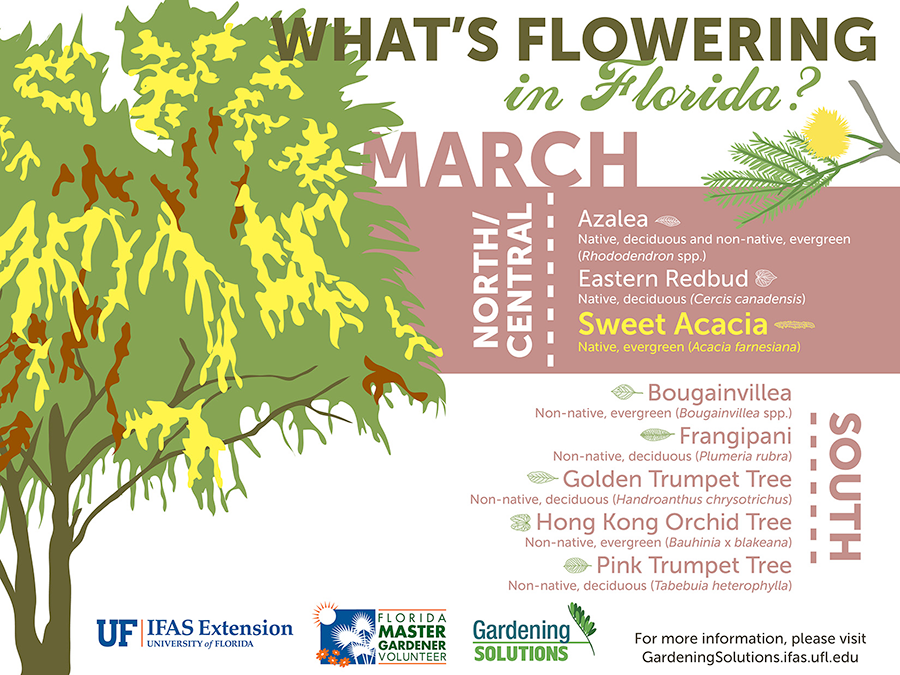Grasping Tree Pruning: Key Methods For A Flourishing Landscape
Grasping Tree Pruning: Key Methods For A Flourishing Landscape
Blog Article
Content Author-
When it comes to producing a landscape that flourishes, grasping the art of tree trimming is a must. Think of having the ability to shape your trees with accuracy, ensuring their vitality and beauty for several years to find. By finding out read this article for correct cuts, timing, and structural training, you hold the secret to a successful outside room that will impress all who experience it. But how do these trimming methods really influence the health of your trees and the general landscape visual?
Appropriate Trimming Cuts for Tree Health And Wellness
When it comes to keeping the health and wellness of your trees, making proper pruning cuts is essential. Wrong cuts can lead to condition, insect infestation, and general tree decline. To ensure the vitality of your trees, constantly start by utilizing sharp, clean devices to make exact cuts.
Begin by identifying the branch collar, a swollen area where the branch connects to the trunk. Cutting simply outside the collar assists promote proper healing and lowers the threat of infection. Avoid leaving property management planning as they can welcome insects and diseases into the tree.
Bear in mind to make cuts at a mild angle, sloping away from the trunk, to stop water from pooling on the wound. In addition, get rid of any type of dead, damaged, or crossing branches to enhance air circulation and sunlight infiltration.
Timing and Frequency of Trimming
To maintain the health and framework of your trees, understanding the ideal timing and frequency of trimming is critical.
The most effective time to prune trees is usually throughout the inactive period in late wintertime or very early springtime. Pruning during this duration assists promote new development once the tree starts budding in the spring.
However, some trees, like spring-flowering ones, are best pruned right after they end up blooming to prevent cutting off following year's blossom buds.
Routine trimming is important, but the frequency relies on the tree species and its development rate. For a lot of trees, a yearly inspection to remove dead, unhealthy, or crossing branches is recommended. Young trees might call for even more constant pruning to develop a solid framework, while fully grown trees may only require maintenance pruning every couple of years.
Avoid trimming throughout the fall when illness are more quickly spread, and avoid heavy trimming throughout the summer season when the tree is proactively growing.
Educating Young Trees for Structure
For developing strong and healthy and balanced trees, training young trees for optimal structure is crucial. By shaping a tree when it's young, you set the structure for a strong and aesthetically attractive mature tree.
Begin by recognizing the main leader, which is the primary upward-growing branch. Motivate the main leader's growth by trimming away contending leaders, assisting the tree create a strong main trunk. Additionally, remove any branches that grow internal or downward, as they can cause architectural issues as the tree grows.
It is necessary to space out side branches equally around the trunk to promote well balanced development. As the tree grows, continue to monitor its growth and trim as needed to keep its form and framework.
Appropriately educated young trees are much less likely to establish weak crotches or jammed branches, lowering the danger of damage during storms. Spending low maintenance succulent garden in training young trees will repay with a magnificently structured and resistant tree in the future.
Conclusion
Since you have actually grasped the important strategies of tree pruning, your landscape gets on its method to flourishing. By using sharp tools, making precise cuts, and correctly timing your pruning sessions, you are guaranteeing the health and wellness and long life of your trees. Bear in mind to regularly inspect and preserve your trees to maintain them growing. With your newly found expertise, your landscape will continue to expand wonderfully for many years to come. Keep up the magnum opus!
